Landscape Rescue of the South Suburban Area Cuxtal Reserve
Photography: Jesús García Barrón
Cuxtal Reserve is the first protected natural area promoted directly by the goverment of Merida.
It constitutes a reservoir of native vegetation that has endemic species and is a site of great historical, cultural and ecological value. In addition, within its limits there is the Merida I water treatment plant, which supplies water to more than 300,000 inhabitants of the city. There are 275 plant species, 21 are endemic and 4 are in danger of extinction.
In terms of fauna, 97 species have been recorded among mammals, birds, amphibians and reptiles. Also 7 cenotes, 6 caverns and 7 Mayan foundation complexes have been documented. In the area of the reserve there is a series of ruins of henequen haciendas, highlighting those of Hunxectamán, the oldest; that of San Pedro Chimay, dating from the end of the 18th century and that of Dzoyaxché, built over a cenote.
More than half of the area of Cuxtal Reserve is officially declared as a Reserve, and it is intended to expand to the entire polygon.
The future peripheral ring or metropolitan ring of the city is located within this zone, which will section it. One community would be within the unsystematic area between the metropolitan ring and the existing peripheral, and another community would be crossed by the center, which would cause segregation of existing populations and expansion of the urban sprawl.
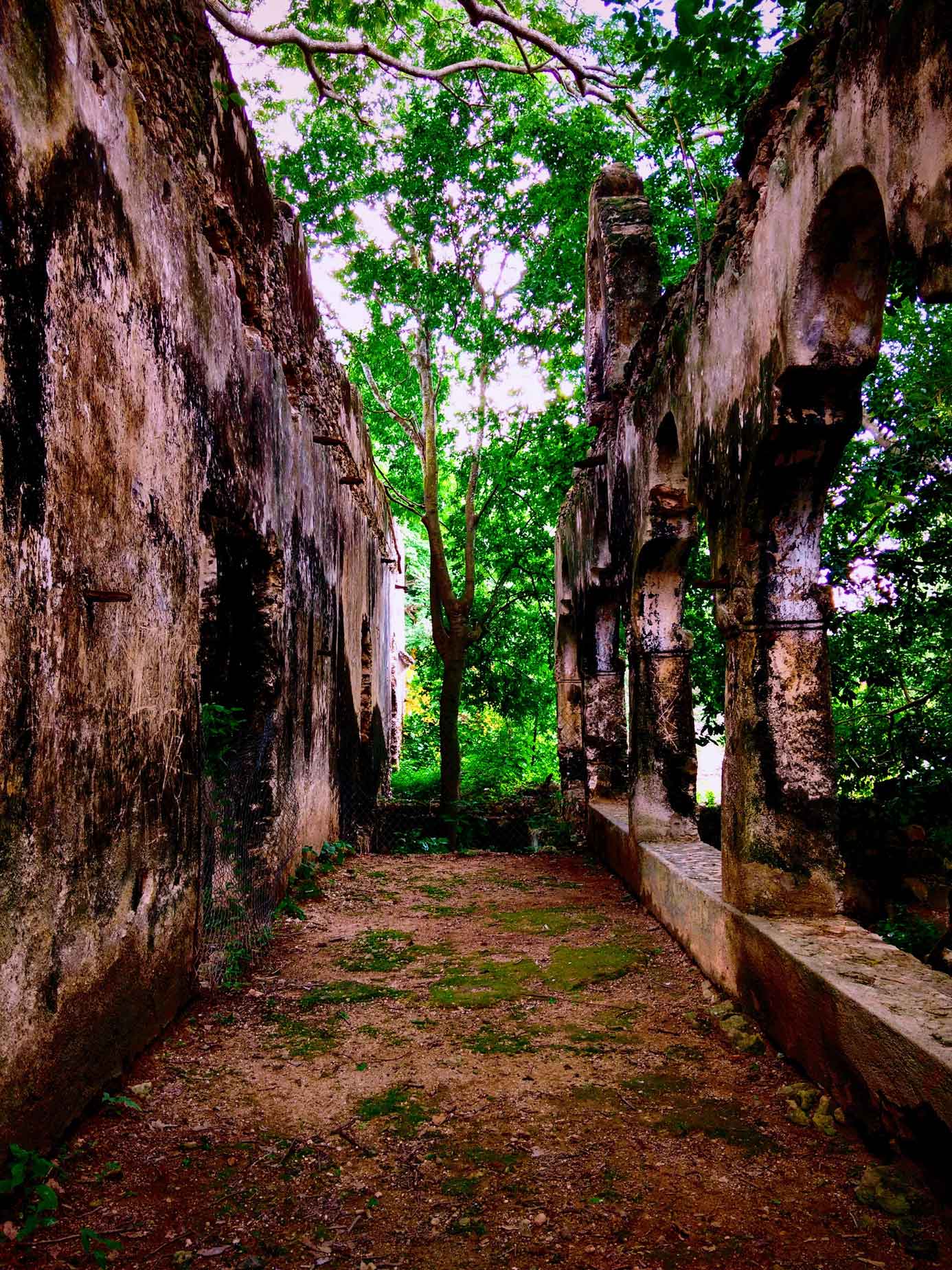
Hacienda vestigie
Photography: Jorge Moreno Solís
SOME SITE PROBLEMS
1. Localities of few inhabitants, dispersed underdeveloped with economic, social and equipment deficiencies.
2. Poultry and swine farms with inadequate infrastructure and waste treatment, soil and water contamination.
3. De-garages, sascaberas (extraction of soil for building materials) and block banks.
4. There is no control over hazardous waste (chemical substances) from research and educational centers.
5. Hunting of wildlife, furtive and for subsistence.
6. Extraction of wood for cooking, which impacts the vegetation layer.
7. Extraction of wood for rural construction and coal production which causes deforestation.
8. The growth of the northern urban area of the Reserve represents an impact for the conservation of natural resources.
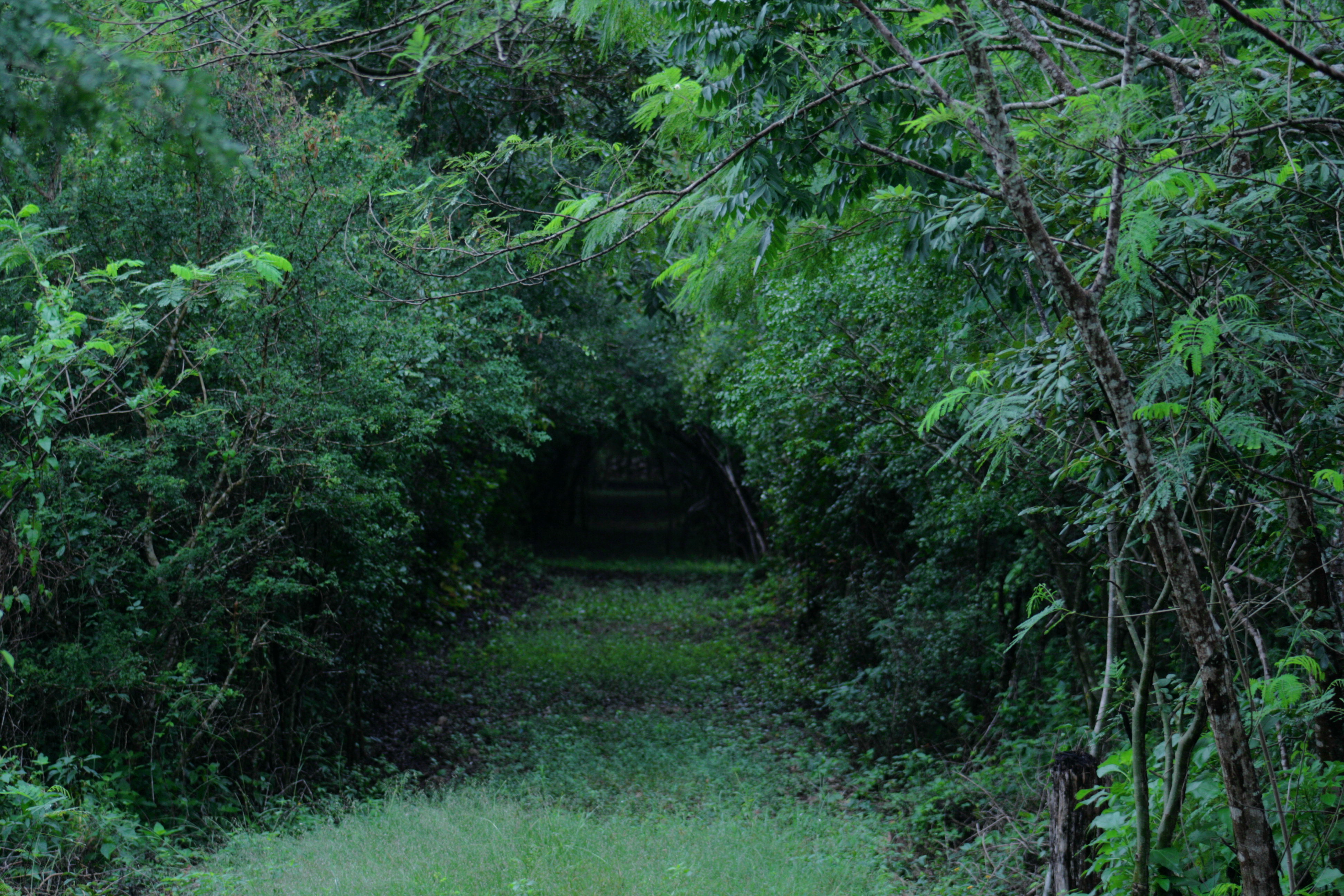
Walking trails in Cuxtal
Photography: Jesús García Barrón
ENVIRONMENTAL INTENTIONS
1. Establish Land Management Units (LMU) of animals and plant species to contain and control the growth of urban areas. The importance of a LMU is to achieve an ecological balance, to exalt the real and potential value of flora and fauna as viable development alternatives for rural communities because of the economic potential they represent. The proposal regarding flora and fauna is: sabal palm (sabal ssp.), breadnut or Maya nut tree (brosimum alicastrum), calabash tree (Crescentia cujete), ziricote tree (Cordia dodecandra) chukum (Havardia albicans), white-tailed deer, wild boar, quail and wild turkey.
2. Connect the populations by means of “type” road circuits, which will have characteristics according to the LMU it traverses.
3. The second peripheral (metropolitan ring) is intended to be built in elevation of 2.5m in the section that crosses the reserve, to leave intact the plant surface and minimize the impact of the road in the protected area. The height will allow the crossing of animal species and will avoid the implantation of buildings in the boundaries of the metropolitan ring, all with the intention of benefiting the reserve and preserving its extension.
4. Establish community centers in strategic populations to be able to provide basic equipment to all surrounding populations and avoid the backlog of basic services such as health and education, as well as craft workshops compatible with the management and use of the reserve.
5. Design the public squares of each community responding to the users needs and customs, as well as spatial and aesthetic qualities such as perimeter trees, playgrounds, sports area and esplanade for group meetings.
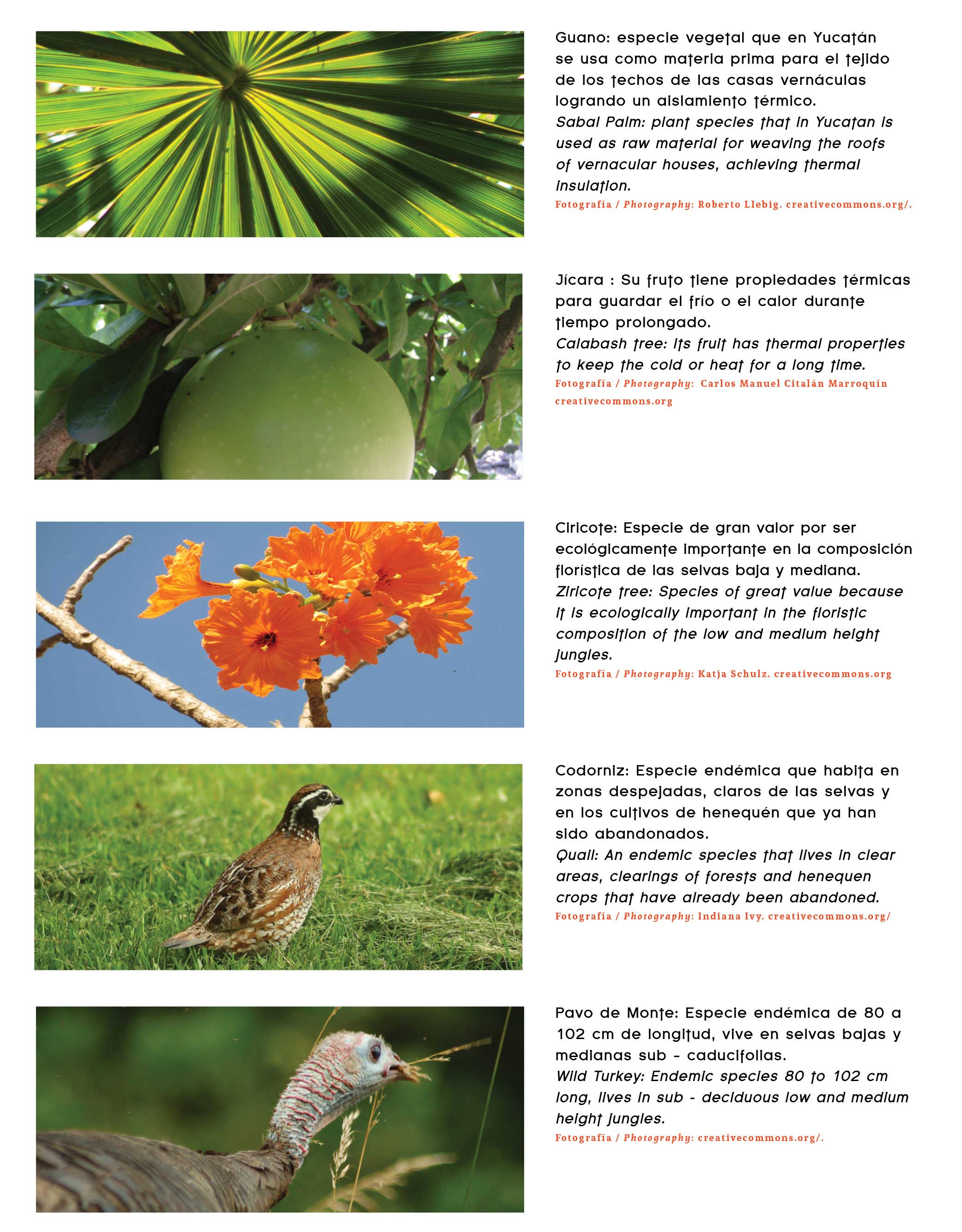
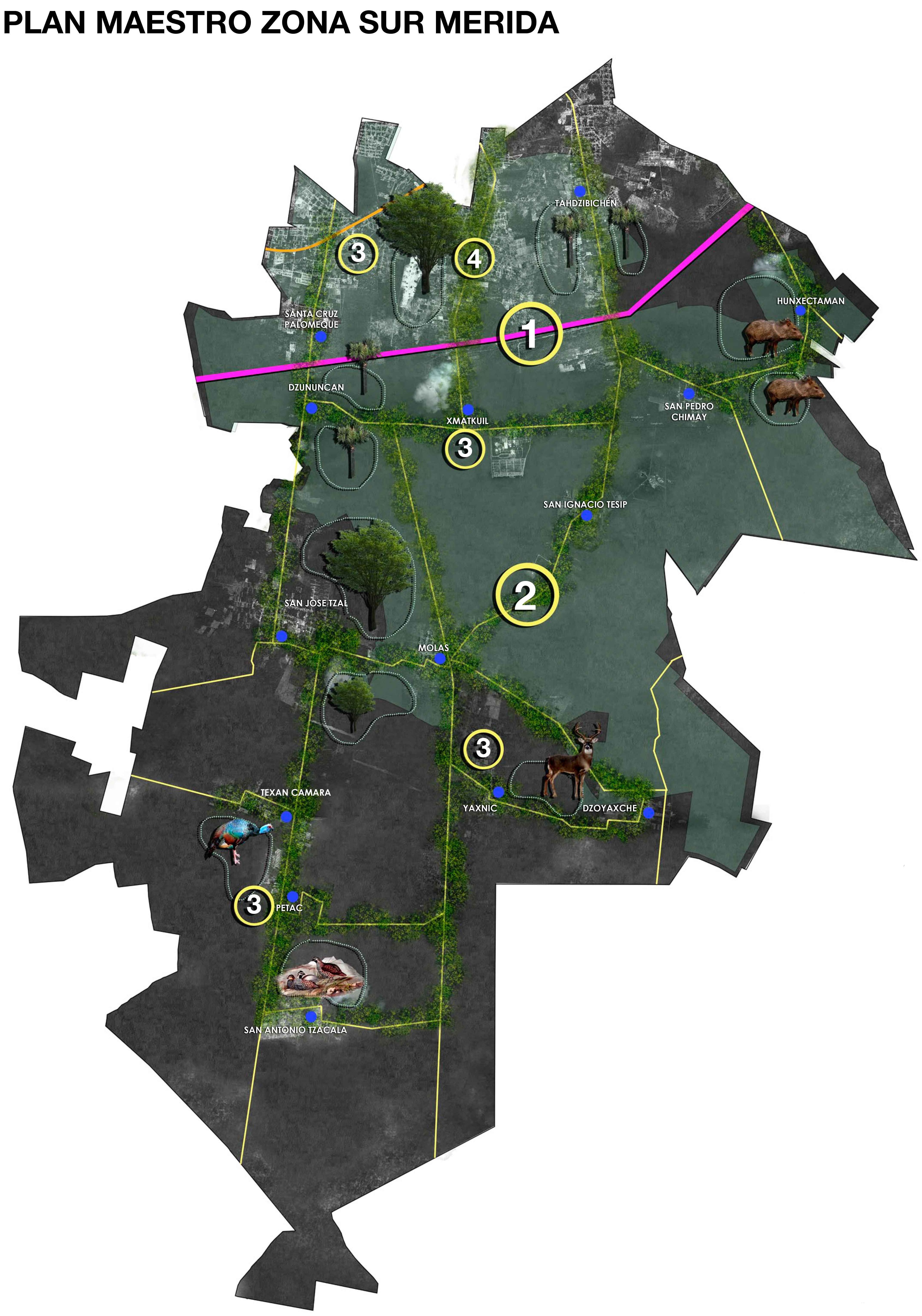
South of Merida proposal Master Plan. Plan: Alis Estrada
ENVIRONMENTAL INTENTIONS
- With the establishment of Land Management Units, the following is sought:
- Enhance the vocation of the site’s Natural Reserve to encourage the spread of endemic species in the region.
- Provide the inhabitants with jobs that will allow them to obtain higher incomes to improve their quality of life.
- Delimit zones that are growing or that will grow in the future, as a natural barrier to avoid invasion on land and unplanned urbanization.
MOBILITY INTENTIONS
- Elevated highway as a regulator of human settlements in its surroundings, and as a protective urban gesture towards the site.
- New communication channels for non-motorized vehicles in the sections with Merida, and between towns; as well as the improvement of existing roads.
- The conformation of a circuit between towns and sub-towns, and of these with the City of Merida.
- The cities in constant growth, like the city of Mérida, need to consider in its planning the possible creation of natural reserves, since even by conserving and protecting the existing reserves, in this case the Cuxtal Reserve, it turns out to be insufficient for the number of people who live in the city.
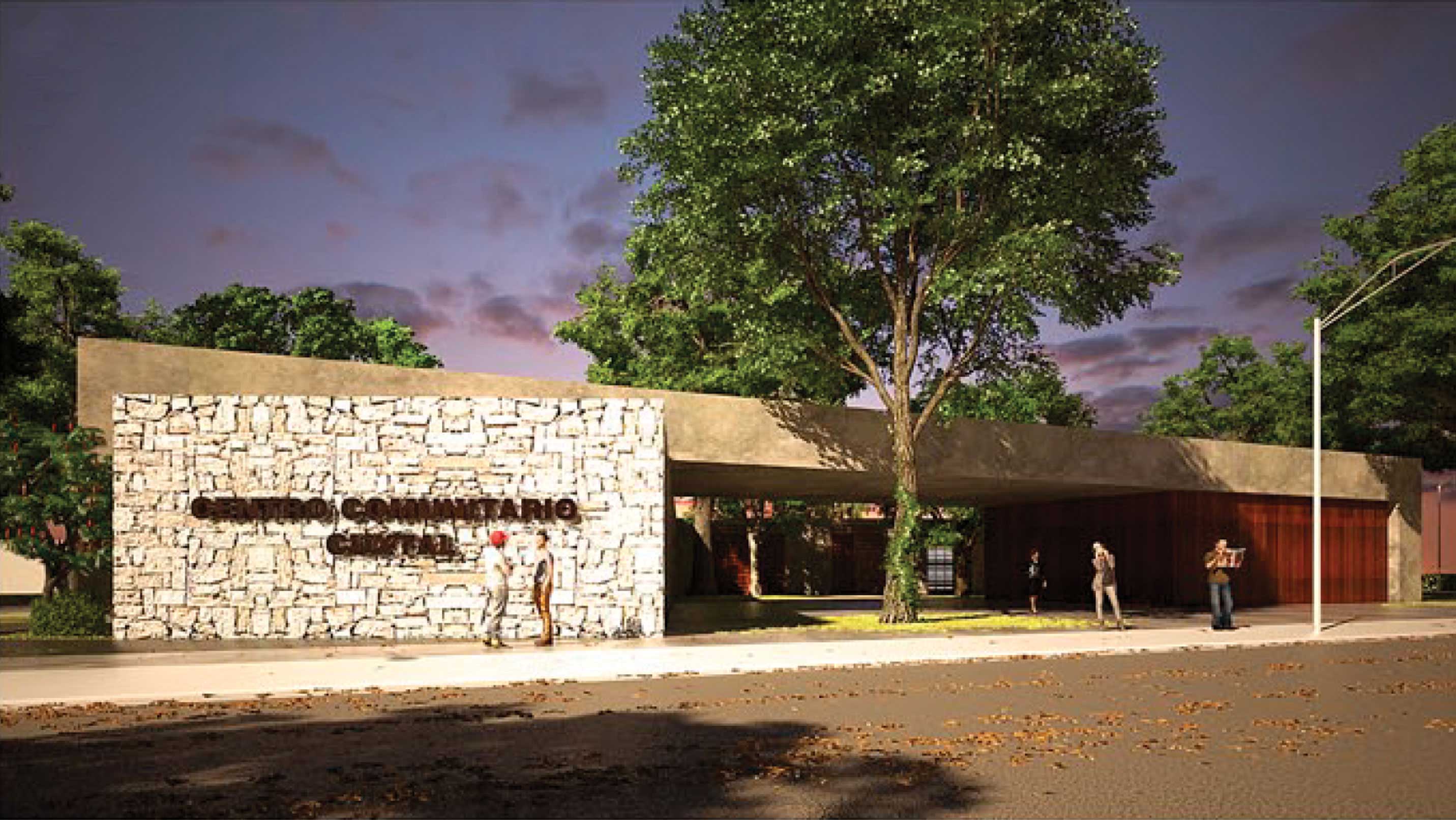
Community centers
Illustration: Daniel Guillermo Pérez Córdova
STUDENT PROJECT.
Bibliography
* Duran,R. et al. 2000. Manual de Propagación de Plantas Nativas de la Península de Yucatán. Volumen 2. Centro de Investigación Científica de Yucatán, A.C. Mérida Yucatán.
* Secretaría de Agricultura, Ganadería y Desarrollo Rural. Flora Nectarífera y Polinífera en la Península de Yucatán. Subsecretaría de Agricultura y Ganadería. Mérida Yucatán.
* Universidad Autónoma de Yucatán. Centro de Investigaciones Regionales “Dr. HideyoNoguchi”. Unidad de Ciencias SocialesDirección General de Desarrollo Académico.
* Richard L. Schroeder, Rodrigo A. Medellín, Oscar Ramírez Flores, Ariel Rojo Curiel. La importancia de los objetivos de hábitat en los Planes de Manejo de las Unidades de Manejo para la Conservación de la Vida Silvestre (UMA), 2008, Mérida, Yucatán.








